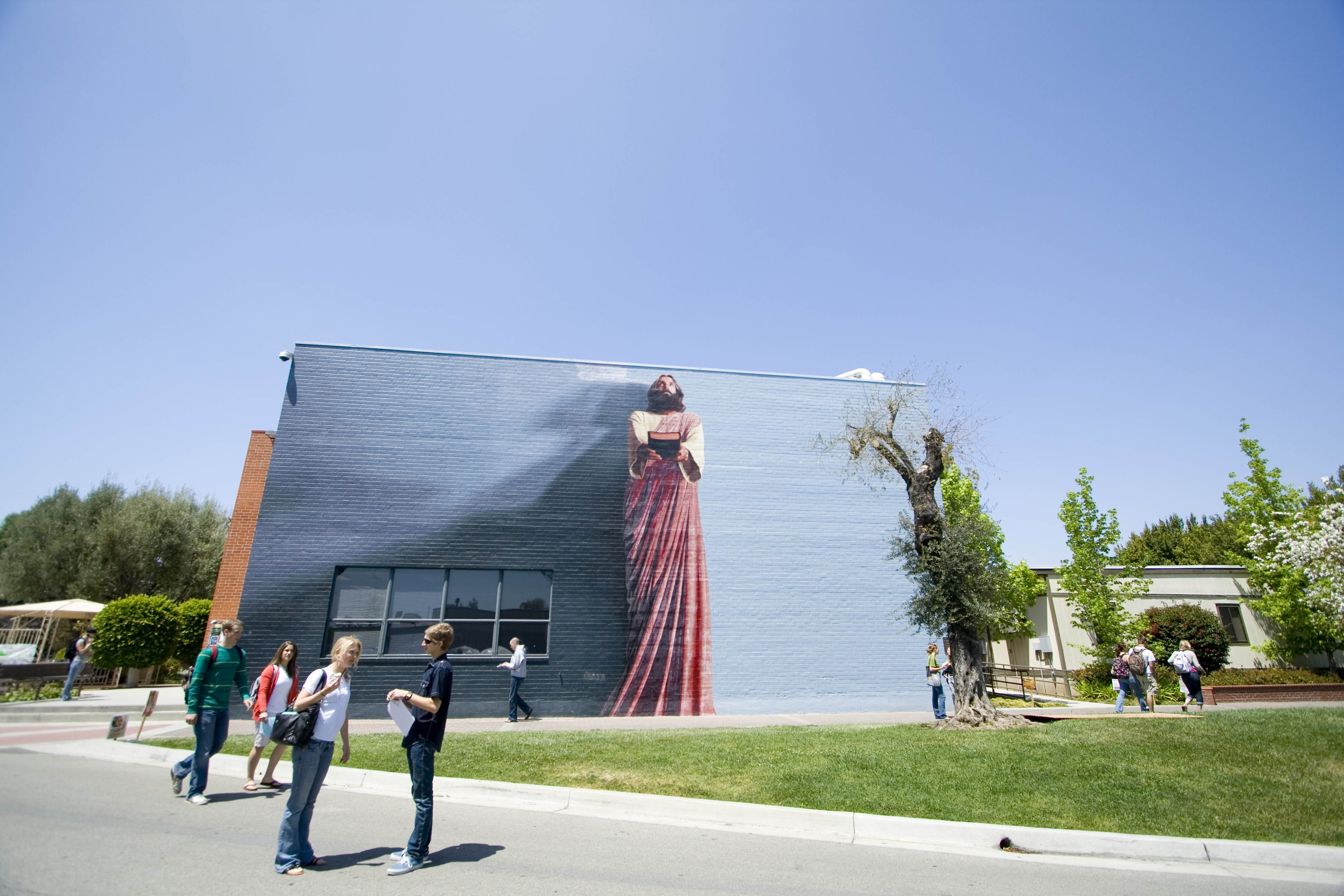The Jesus Mural saga continued in Friday’s chapel, where several students and faculty offered personal reflections on “The Word.”
Pete Menjares, associate provost for diversity leadership, emphasized that the chapel was not centered on debate, but rather on unity and “what the Spirit of God is doing in our midst as we strive to be a people of God.” Panel members challenged the audience to consider concerns of ethnic minorities and offered a vision of unity in diversity, but didn’t rehash previous arguments discussed in April’s three faculty discussions
“This kind of chapel is perfect for opening up discussion because it sets the tone,” Menjares said before the chapel.
President Corey has pushed for the university to address the mural’s fate now rather than later. The mural’s deteriorating surface has also compelled the university to attend to the issue. As Menjares confirmed in a faculty discussion on Tuesday, April 28, he has received numerous suggestions, including removing the mural completely, adding art to campus, repainting Jesus’ skin tone, preserving the piece in its entirety, and using the mural’s existence to facilitate student discussion.
Cassandra Van Zandt, assistant professor of English, said the topic of the mural has become increasingly important and sensitive for her with time.
“My initial response to the mural was ‘That’s a big Jesus,’” she said. “What I didn’t think was ‘That’s a big white Jesus.’ I’m so accustomed to seeing my ethnicity presented in depictions of Christ. It was normal and natural to me.”
Van Zandt explained how she developed an “antagonism” toward the mural and supported its removal after hearing the hurt expressed by ethnic minorities on campus. Later, however, she began to re-shift her perspective once more and consider the mural in its artistic context.
“What if this were something that were particular to my discipline, to English?” said Van Zandt. “What if it were a book, and we were talking about book banning or book burning?”
Panel member Avina Khiatani, a junior, addressed the larger issues of diversity behind the mural, saying that “we as a community have a lot to learn from our differences.” She exhorted those in the audience to actively and intentionally learn about, and from, those who differ from them.
For senior Daniel Chacon, member of the Diversity Leadership Committee, the mural has been a symbol of disunity and pain, he said.
“There are people who are hurting, there are people who are frustrated on this campus,” Chacon said after reading from a personal journal entry pleading with students to heed his concerns. “And it doesn’t matter if it’s a minority or if it’s the majority. As Christians, God has called us to be a community — a community that is united.”
After observing students’ reactions to the chapel, Menjares said further opportunities for student forums and discussions might take place even sooner than he’d previously thought.
Faculty members also had their say Tuesday, April 28, when they met to analyze the content of their previous two meetings about the mural and continue discussing the options. Hopefully, the administration will have a firm grasp on the “pulse” of the student body by the time a staff forum takes place on May 11, Menjares said. However, the administration hasn’t set a timeline for determining the mural’s fate, and the discussion will continue into the next academic year.
“A decision will be made about the mural,” Menjares said at the meeting. “And it’s going to favor some, and it’s going to marginalize others. And so then the challenge for us as a Christian community is how we will deal with the disappointment of not getting our way.”







